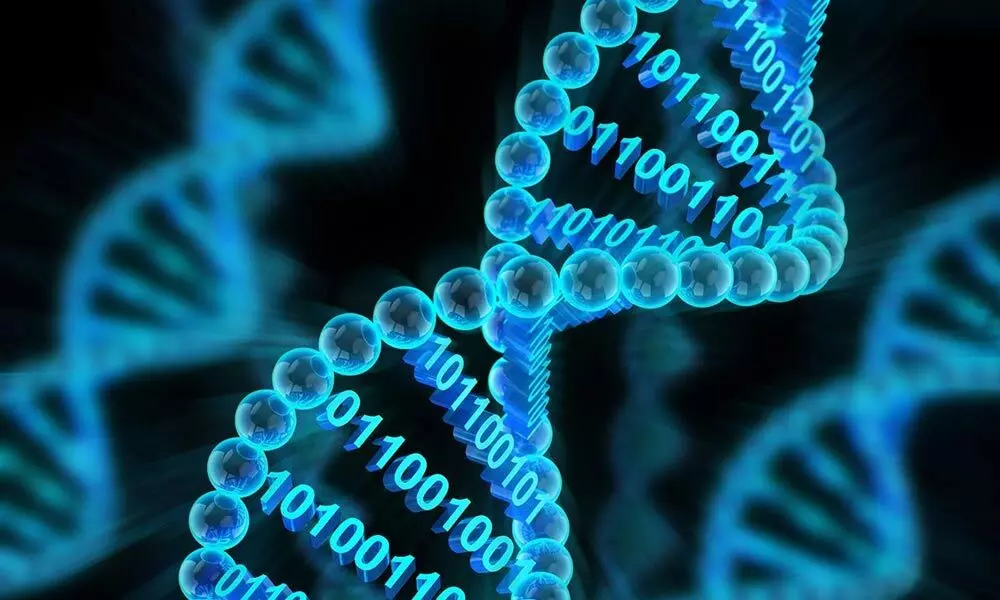Is DNA the data storage of future?
The storage capacity and the accuracy of the data stored in DNA has fascinated researchers for years now; DNA could store all of your digital data in one room
image for illustrative purpose

If someone asked you what you had for dinner a week ago, 90 per cent of people would not know how to respond. Scientists recently tested the DNA of a 5,700-year-old saliva sample originating from a hunter-gatherer girl, Lola. They could arrive at the fact that Lola was a blue-eyed person of dark colour with long black hair. Not just that, they could even tell us that she was lactose-intolerant, had gum disease and had most recently eaten duck meat for dinner. It's incredible to see the level of detail that was retrieved from that DNA. The storage capacity and the accuracy of the data stored in DNA has fascinated researchers for years now.
On the other hand, the data storage needs of the world have only gone up in a single direction over the years. People conduct 3.88 million Google searches, watch 4.33 million YouTube videos, send 159 million emails, and post 49,000 Insta photos at any given minute. An estimated 1.7 megabytes of data are created per second for each person globally, translating to about 418 zettabytes (trillion gigabytes) in a single year. At this rate, all the regular data storage systems put together can't store more than a century of this kind of data deluge. DNA data storage seems like the only viable alternative.
DNA - which consists of long chains of the nucleotides A, T, C and G - is life's information-storage material. Data can be stored in the sequence of these letters, turning DNA into a new form of information technology. DNA's four-letter code offers a suitable coding environment that can be leveraged, like the binary digital code used by computers and other electronic devices to represent any letter, digit, or other characters.
DNA is a very stable storage medium, demonstrated by the genome sequencing of a horse's fossil from five lakh years ago. But it is the storage capacity that stands out. DNA can accurately store massive amounts of data at a density way over that of electronic devices. The simple bacterium Escherichia coli, for instance, has a storage density of about 1019 bits per cubic centimetre in its DNA. One cubic meter of DNA can meet the storage needs of the entire world for a year.
The storage technologies are improving rapidly with advances in the biotech industry. Just as biotech used advances in computer technologies in expediting their evolution, now is the time for computer architects to consider incorporating biomolecules as an integral part of computer design.
Despite these advantages, DNA has not yet become a widespread information storage medium because the cost of chemically synthesizing DNA is still extremely high at $3,500 per megabyte. New, enzyme-based approaches can write DNA simpler and faster than traditional chemical techniques. The low-hanging fruit for DNA data storage immediately is the so-called 'cold data' - written once and rarely read. That's because DNA remains stable for a long time, but data access - through sequencing and data analysis - is slow.
The technological advances in DNA data storage space continue to happen at a scorching rate despite all these challenges. The DNA-storage firm Catalog in Boston, announced in 2019 that it had used its DNA-writing technology to encode all of English-language Wikipedia. Also, the bio-sciences firm Twist recently announced that it had stored an episode of the Netflix series Biohackers on DNA. As a society, we are clearly heading towards using genetic material as a data storage medium.
(The author is Chairman and CEO of Hyderabad-based Brightcom Group)

